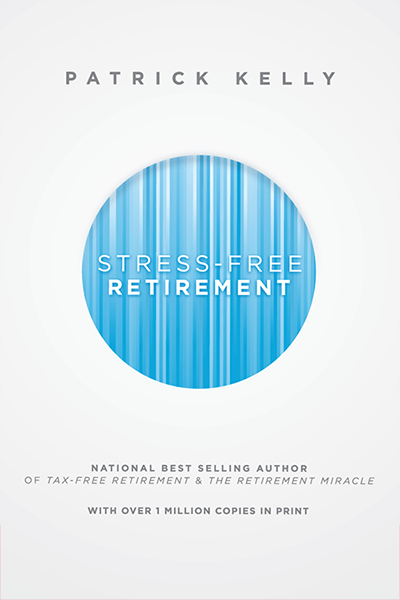Hello, this post is to help you know how to transition from your working and savings years to retirement. We’re going to cover the surprisingly simple steps you should make before you hang up your working hat for good. The key to being confident in retirement is having a realistic view of your retirement finances—this process is much easier than it sounds and the steps are broken down in this post.
But, before we dive in, let’s talk about how your finances stand first. If you are within ten years of retirement, you are likely striving to save at a higher percentage rate of income and trying to aggressively pay off debt.
How closely do you identify with any of the situations below?
1. You are financially independent of employment income; you only choose to work because you enjoy it. You can decide at any time to turn on non-working income that would sufficiently pay all living expenses.
2. You are still working and saving by maxing retirement account contributions. Your retirement savings have accumulated into a nice nest egg. However, you are unsure how much savings is enough, or how to generate income from your savings.
3. You have saved for retirement, but feel your savings may be lacking. You are unable to contribute the max to your retirement accounts. You have some consumer debt and carry a mortgage.
4. You have saved little for retirement and you keep sizable balances on credit cards and carry a large mortgage.
5. Same as above, but it is difficult to make your payments on time—if you lost your job things would collapse quickly. You are deeply concerned that retirement may never be an option.
The key to retiring with confidence is to move higher on this scale as retirement approaches. Often, those that identify with category 2 & 3 have already saved enough, but are just unsure how to generate sufficient income from their retirement portfolio.
The only real difference between someone in categories 2 & 3 and 1 is that the person in 1 has done the math—they know how to turn on retirement income that would cover living expenses, with confidence it will last a lifetime.
So, what is the retirement math? It involves identifying household income and expenses, as broken down in these simple steps:
1. Identify and inventory your expenses. As you picture your retirement life, what does it look like? The expenses involved likely include paying to keep up your home, going out to eat, traveling to see the grandkids, and unexpected expenses such as car repairs. Creating an inventory of these expenses allows you to see the “total cost of living”, or the minimum amount of income needed to cover all expenses.
2. Add up retirement savings & debts. Your savings is the basis of your retirement plan. Adding up all types savings is vital to making sure income can be taken appropriately—itemizing after tax savings, retirement savings, and Roth savings. Also include any household debts.
3. Recognize income sources. If you are fortunate enough to have an employer pension, this would go here. Also add up Social Security income and any other known income to calculate your “total known income”.
4. Crunch the numbers. Now that you have your total known income and total cost of living you can tell if an income gap exists. If you are like most people you will need to rely on your retirement savings to bridge the income gap. This is where using smart financial tools and strategies can make a difference. Learning smart ways to make money last, minimize taxes, beat inflation, and maximize returns while staying conservative.
5. Review plan annually. No matter how well one plans for their retirement, it is impossible to fully predict the future. Unforeseen circumstances are inevitable that not only can be emotionally difficult, but also can impact your financial life. An unwelcomed illness, death of a spouse, or a child in need can require changes in your retirement plan. Reviewing the plan annually and making adjustments as needed can help you stay on track.
If you would like a step by step worksheet that more thoroughly walks through these steps, contact me to get the full report.
There you have it. Not too complicated, right?
The most difficult part of the process for many is step 4 (Crunch the numbers). Specifically, how to position your retirement portfolio to securely grow as the markets grow, beat inflation, and minimize taxes—while generating optimal income. There is simply a lot of financial noise on these topics available from many sources, which often does a better job confusing readers rather than providing clarity.
You see, many pre-retirees have spent their career becoming an expert as an engineer, business owner, professor, doctor, lawyer, etc. However, the subject matter of building a retirement portfolio strategy is new and different, which may feel uncomfortable.
I applaud those that have done their homework and have navigated the path to retirement on their own. I also applaud those that want a little help along the way.
I have seen some of the best portfolio decisions come from a technique that tests multiple retirement strategies side-by-side, before any one path is chosen. This strategy gives you a good idea of the “results in advance” of one strategy over another, before you begin.
But in any event, I hope this content has been helpful to you, or has at least pointed you in the right direction.
I look forward to adding more helpful material as time rolls on. As with all my writings, if my contributions have been helpful to you in any way, I’ll consider it’s time and energy well spent.
Best,
Nick





